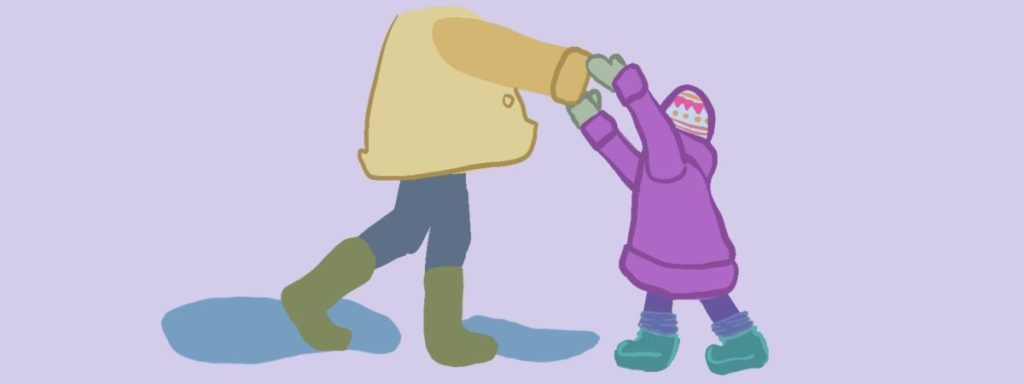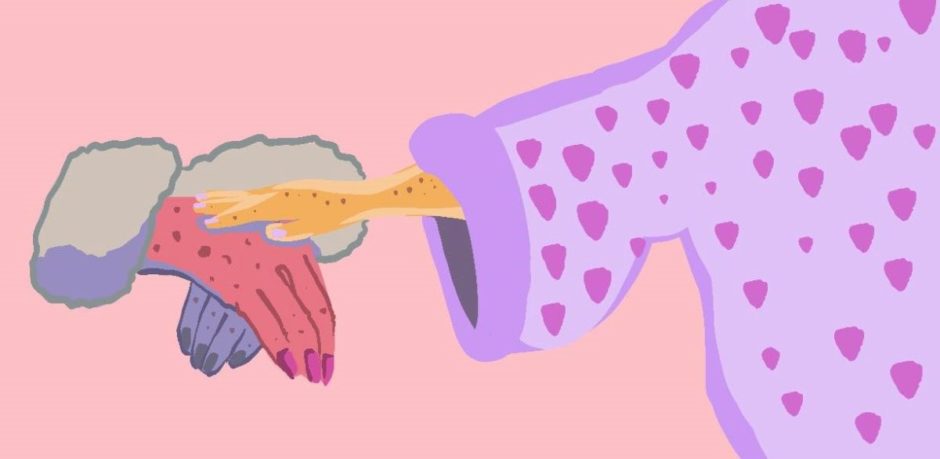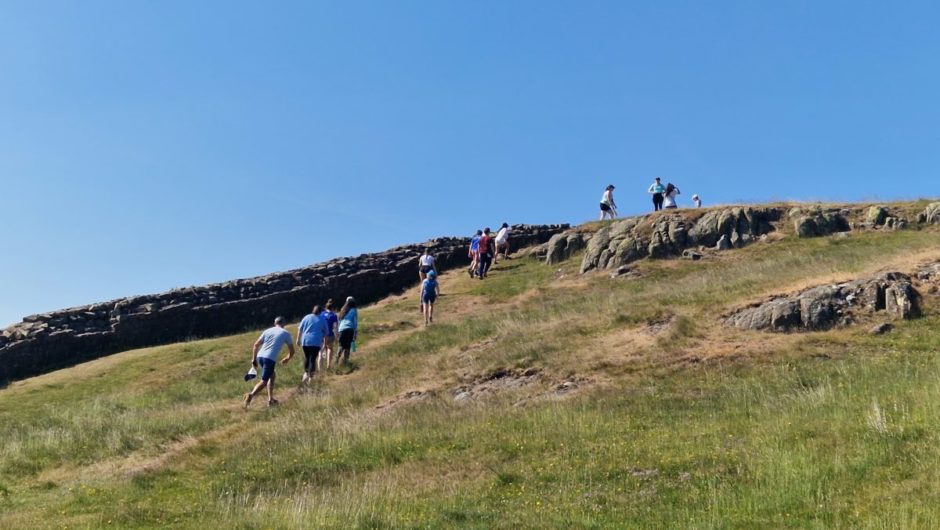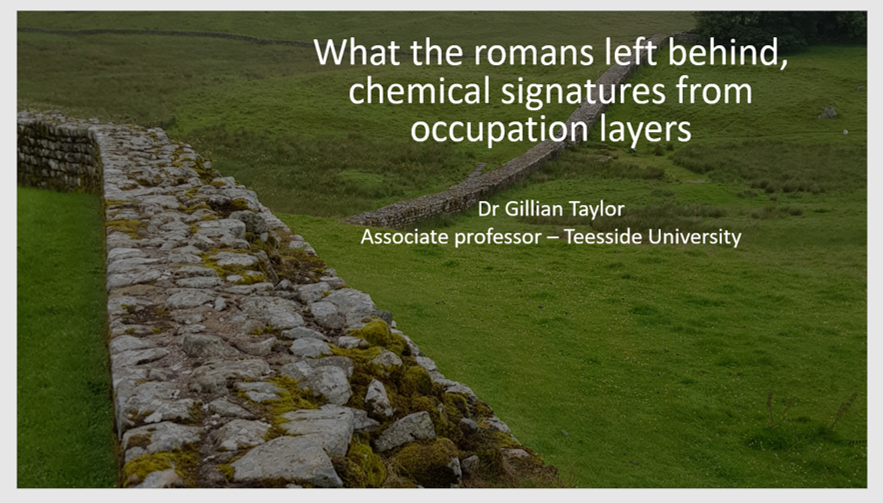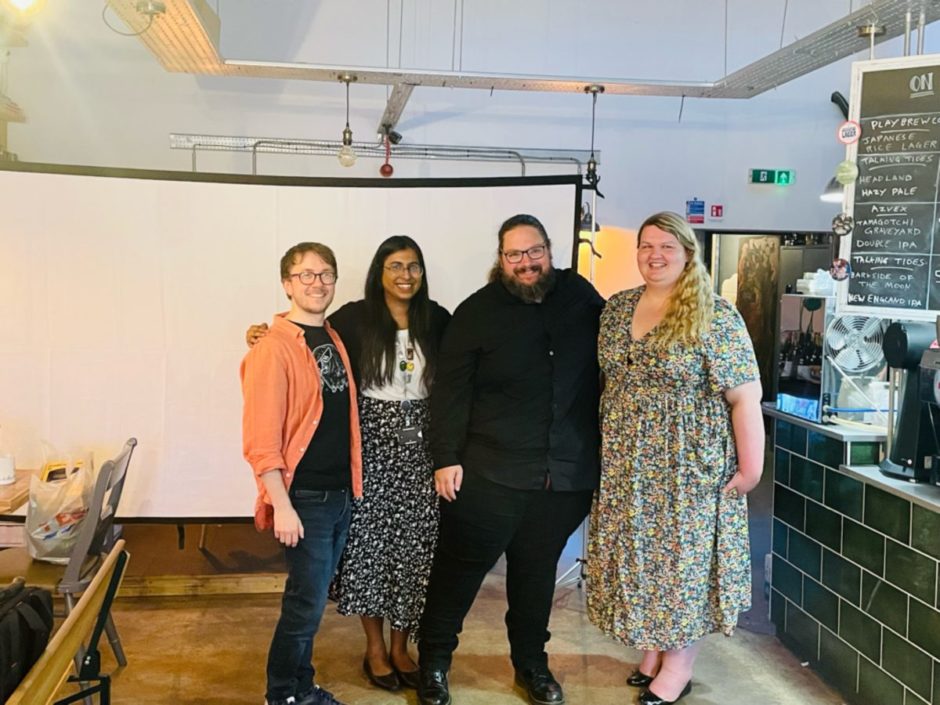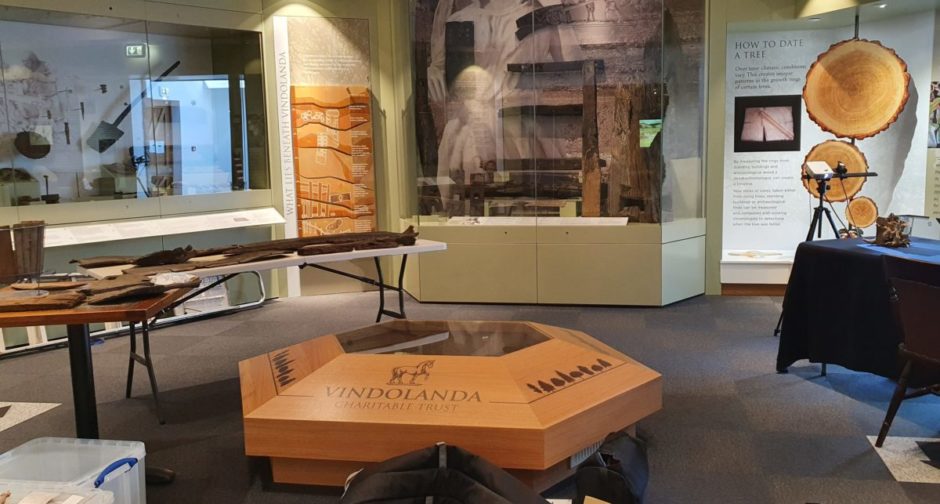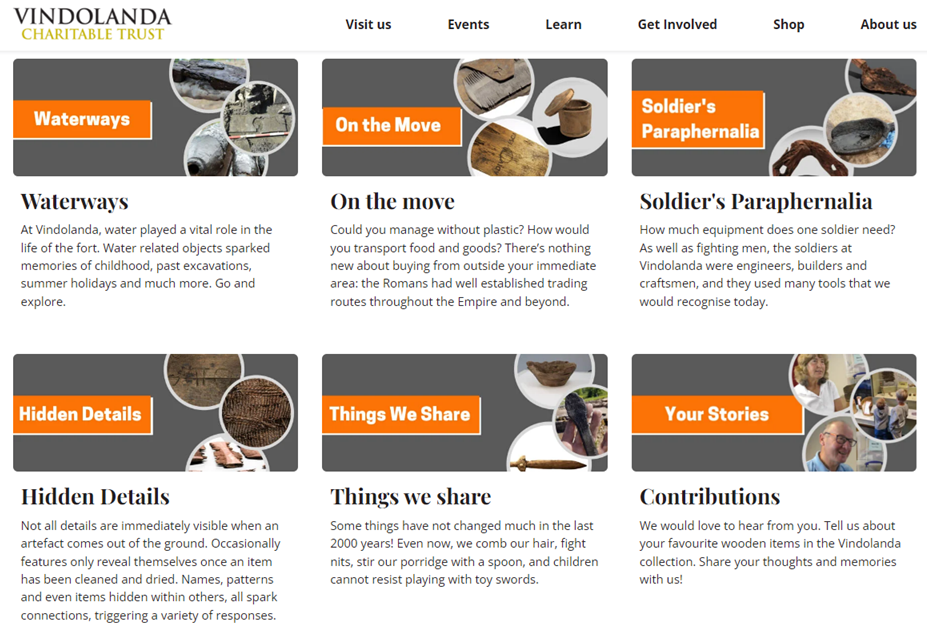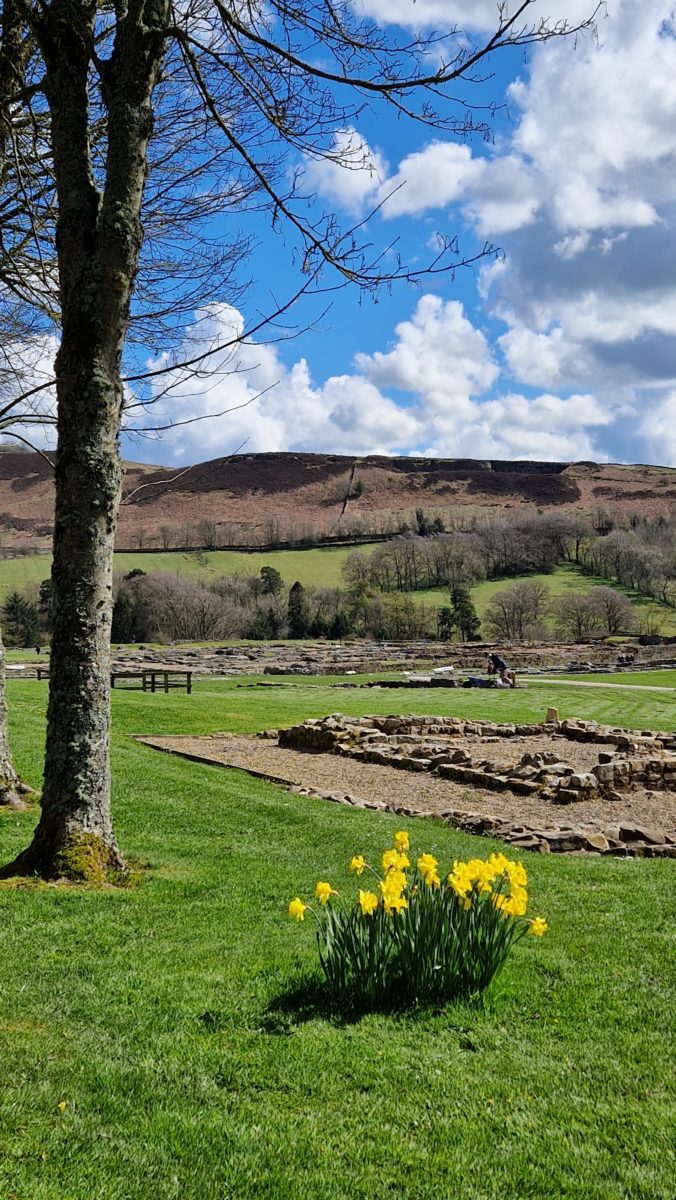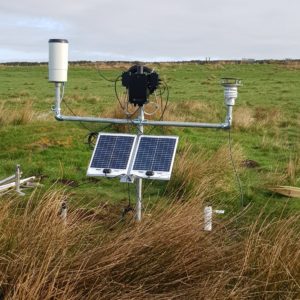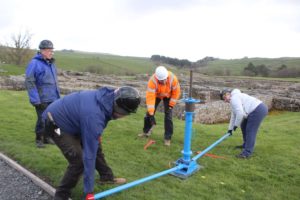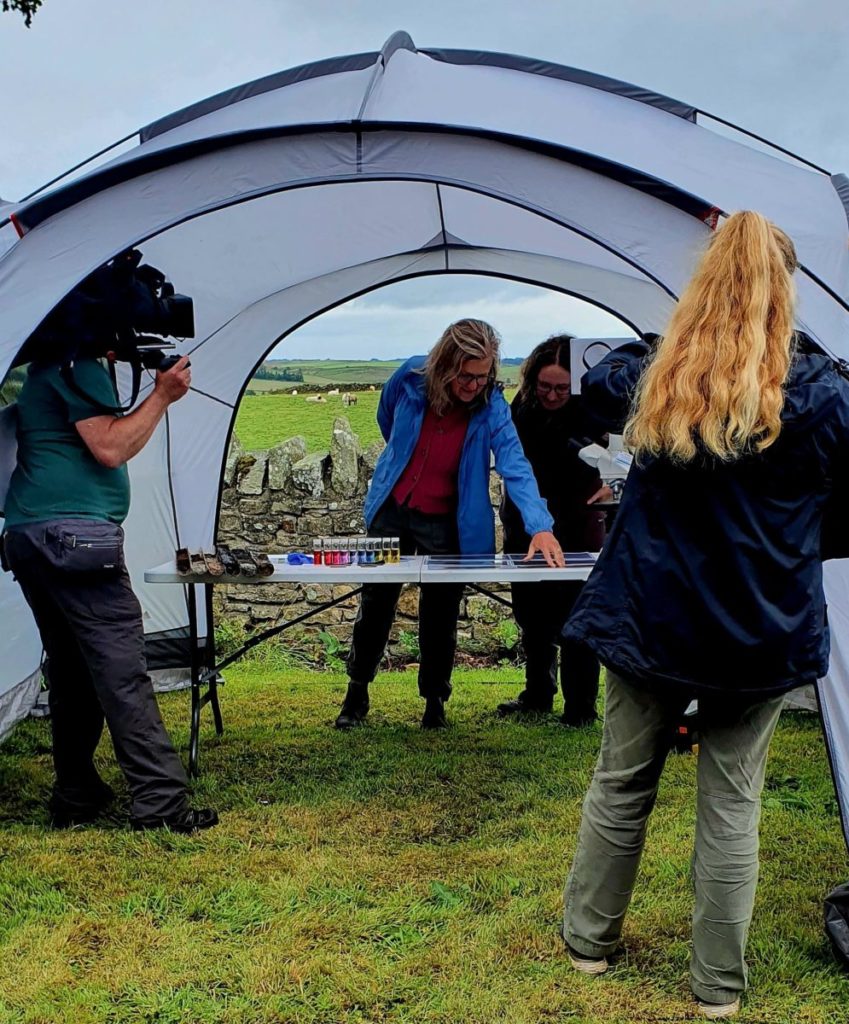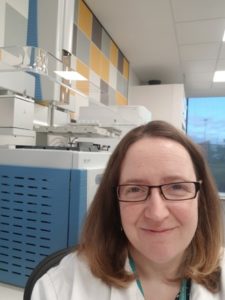What an amazing week attending the LIMES Congress in Nijmegen. This was my first LIMES congress, so not sure what to expect.. so here is a run down of the events and my thoughts.
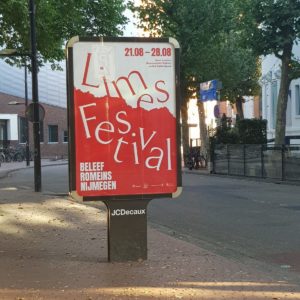
Day 1 – so many talks, in so many different rooms, what an outstanding start.. so many free books, I had to rethink my packing and this was day one! One of my highlights was seeing ‘The missing dead’ session about reconstructing the past through digital games play at Roman Vindolanda. I will be bias as a Vindolanda Trustee member but the future thinking was a great talking point with the audience.
Day 2 – first day trip… and I mean all day 7.30 start and back at 8pm… but what a day, when walking round the archaeological sites, Roman Castellum, Meinerswijk, Military practice camps, Uedem and Xanten-Furstenberg, before heading to LVR Archaologischen park Xanten, at the end of the day, the exquisite and beautiful museum was just awe inspiring.
This slideshow requires JavaScript.
Day 3 – The day I had been waiting for, which included the organic riches session… and it didn’t disappoint, chaired by Carol Van Driel-Murray and speakers including Beth Green showed the importance of understanding our artefacts, the discussion came to end with a query about impacts of climate change upon these artefacts, exactly at the right time for us to say a comment about our climate change work at the Roman site of Magna.
There was an evening visit to Valkhof museum, with of course some special LIMES beer
This slideshow requires JavaScript.
Day 4 – second day trip and this was an absolute highlight for me, the Roman Ship at Castellum Hoge Woerd ‘De Meern 1’ and the wonderful world of Archeon Museum park, walking through from Mesolithic to the Romans and everything in-between. The hospitality was spectacular, and a delicious BBQ to finish the day. Have to mention the heat, at 34o°C… finding shade and heading inside as often as possible was the order of the day.
This slideshow requires JavaScript.
Day 5 – Its not the end of the week for us, Fridays talk started with churches in military outposts and a very full session with a talk from CEO Vindolanda Trust – Dr Andrew Birley.
Day 6 – yip still going and it is Saturday, lots of bright early starters to attend the Feeding the Frontier talks, followed by Roman Britian led by Tanja Romankiewicz, as David Breeze said during questions, ‘exceptional’ talk from Tanja – military construction strategies on the Limes: new insights from geoarcheology.
If I didn’t mention your talk, sorry, so much to see, so many pancakes to eat..
Roll on Georgia, what an inclusive, friendly and engaging series of talks and events
